Protests against solar farm plans covering 4,200 acres of Lincolnshire farmland
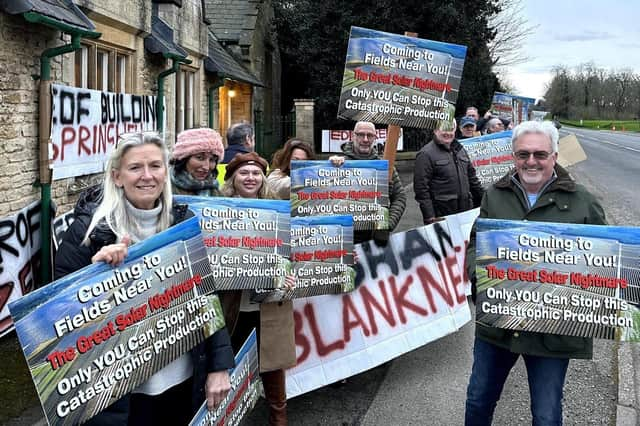

Amid previous fears from Lincolnshire councillors that the county could become a “dumping ground” for Net Zero developments, residents in the North Kesteven district are fearing something very similar.
Local protestors gathered in their dozens to oppose the plans for Springwell Solar Farm, an 800MW solar and storage project that spans across 4,200 acres of agricultural land between Lincoln and Sleaford.
Advertisement
Hide AdAdvertisement
Hide AdEDF Renewables UK and Luminous Energy said this project will have a fixed lifespan of around 40 years, after which the land will return to farm use. Given its status as a Nationally Significant Infrastructure Project (NSIP), this development bypasses local planning procedure to be decided by the government’s planning inspectorate.
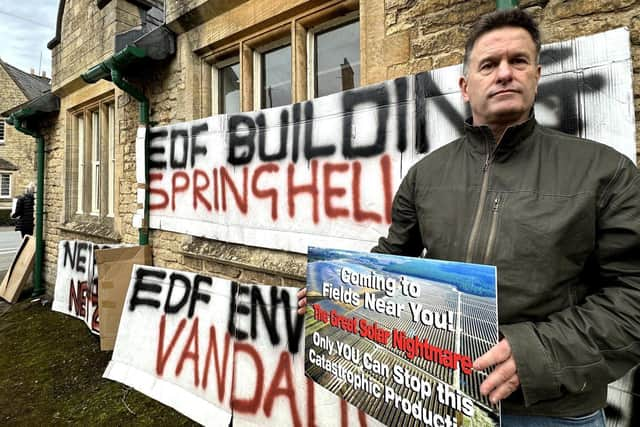

It is suggested that Springwell Solar Farm would generate enough electricity to power around 180,000 homes annually.
A series of in-person consultation events have been held across the affected areas to hear residents’ views, with the last of these being in Blankney on Tuesday, February 20 — while the consultation itself ended on Thursday, February 22.
The overwhelming feeling at the event was one of objection to the proposal, fronted by the local Springwell Solar Action Group.
Advertisement
Hide AdAdvertisement
Hide AdProtestors unanimously said they are not against solar as a means of renewable energy, but would prefer projects utilise rooftop space in a community-wide effort, rather than agricultural farmland.
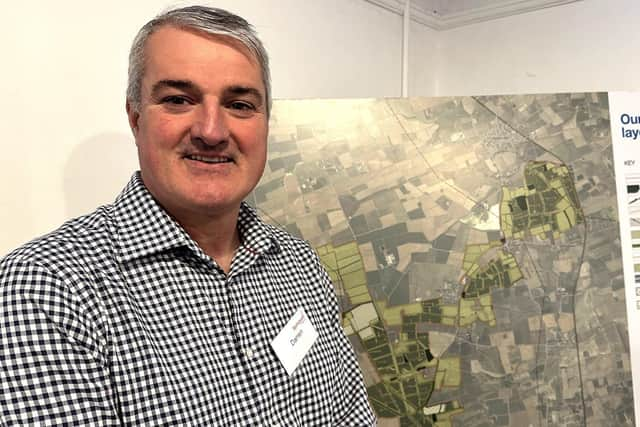

Marc Williams, 52, said it was the “sheer size of the development” that residents had a problem with.
“They are essentially destroying massive amounts of prime agricultural land for something that produces so little power in comparison to wind turbines.
“The locals are not anti-solar, but they are pro-reasonable solutions, and this has disenfranchised a huge number of people.”
Advertisement
Hide AdAdvertisement
Hide AdAshley Brown, 37, and Laura MacGregor, 36, live around 400m from the proposed substation location, and worry about the potential “destruction” of their area if something were to go wrong.
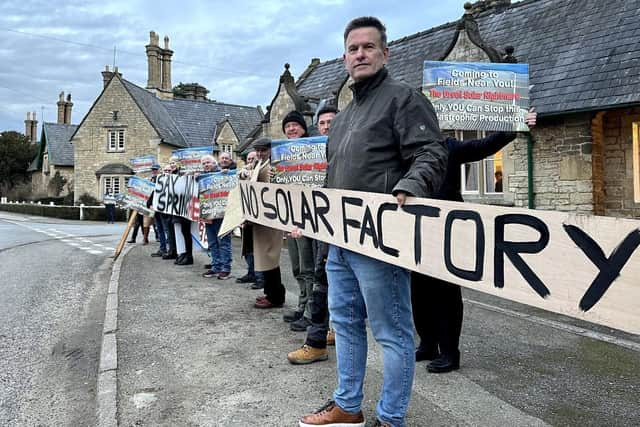

“It’s awful what’s happening, it’s a monstrosity,” Laura said. “The lithium storage on our lane is going to be 40m wide, and once it’s here it will be too late for us to do anything about it.”
They both fear the value of homes in the area will plummet as a result, and said they were “scared” of what the future may hold if this development gets the go-ahead.
Ashley said: “How many more farmers are going to be pushed into a corner as we lose more land? We’re already struggling with food production, and they say this will return to farmland after 40 years, but let’s face it, the panels aren’t being put in with tent pegs are they?
Advertisement
Hide AdAdvertisement
Hide Ad“They’ll need even more money to restore the land, where is that coming from? Communities have been sold out and there are so many factors that suggest this should not happen.”
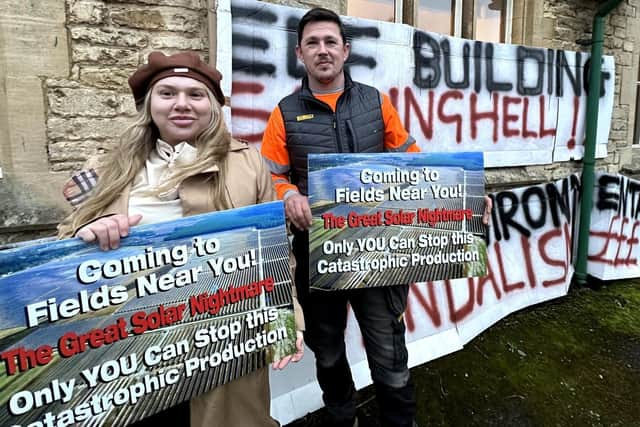

76-year-old resident Michael Credland asked how this would impact wildlife in the area, and how weeds and other growth would be maintained throughout the 40 years of solar farm usage.
“The beauty of the rural countryside is being destroyed,” he argued. “It feels totally political, and residents are having the wool pulled over their eyes. The only thing this will generate is profits.”
Martin Elvin, a 68-year-old from Digby, said the agricultural sector has been “under serious attack” for some time now, and so he cannot blame farmers for being tempted by this offer of leasing land for solar farms.
Advertisement
Hide AdAdvertisement
Hide Ad“Agriculture has been treated shoddily by this government, so I think they’ll be tempted by solar panels rather than relying on these uncertain global markets and food chains in a war torn world, where we are at the mercy of international markets.”
Project applicant EDF Renewables UK, though, has responded by saying it has worked closely with the public in previous rounds of consultation to “mitigate impacts” on communities and make changes to ensure the plan is “appropriate.”
Darren Cuming, the head of development at EDF Renewables UK, said: “We’ve had over 400 people talking to us and we want a lot of people to come and see us so they can make their views known.
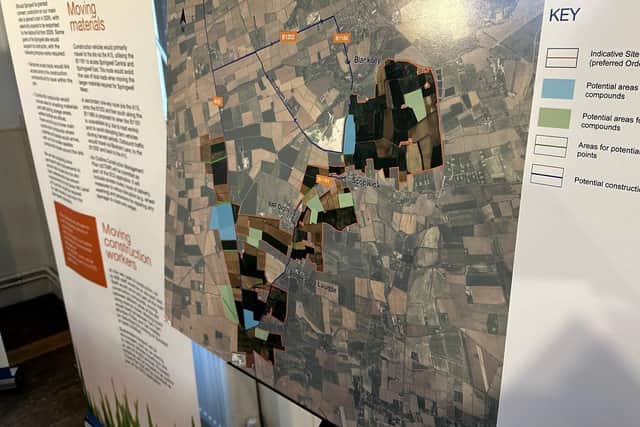

“We’ve made changes from the original scheme and are still taking feedback, such as removing panels from alongside roads and residential properties in particularly sensitive areas.
Advertisement
Hide AdAdvertisement
Hide Ad“We pride ourselves on consultation and don’t mind people being unhappy, but all we ask is that you at least object on the facts you see here in the proposal.
“We want to be a good neighbour, but difficult choices have to be made around the country to reach Net Zero targets, and we need projects like this to get there.”